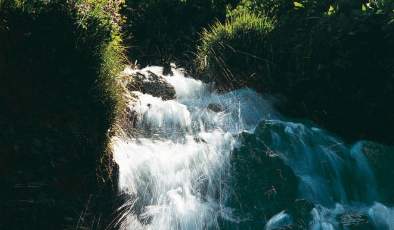The programme is coordinated by the Danish Institute for International Studies together with partners in Bolivia, Nicaragua, Mali, Vietnam and Zambia, and international partners in South Africa and the UK. It was undertaken from 2007 to 2010 and funded by the Ministry of Foreign Affairs of Denmark.
The programme has produced three video reports (each approx. 10 minutes long ) to illustrate some of its findings:
Video report 1 - Competing for Water – when new powerful users emerge
Economic growth is often accompanied by new uses of water. The advent of new and often powerful water users into a rural area – such as companies that grow maize for bio-fuel, process agricultural products, extract minerals or establish tourist enterprises – often radically changes the level of competition for water. The video shows the consequences on the case of the arrival of a lead mining company in a rural commune in Con Cuong district in Vietnam. Available in English and Vietnamese.
Video report 2 - Competing for Water – when more water leads to conflict
Making more water available, for example through the construction of public boreholes, can make a big difference to rural people in developing countries. In many places the poor lack reliable supplies of drinking water. But the better-off may also benefit from an improved water supply, using it to enable them to water more cattle and cultivate bigger gardens. Therefore competition over water often intensifies rather than weakens when more water becomes available. The video report is shot in the Namwala district in Zambia. Available in English.
Video report 3 - Competing for Water – the challenge of local water governance
In many countries it is the task of district and other local authorities to authorise and monitor the use of water for small-scale irrigation, and to ensure that enough water is left for human and animal consumption alongside irrigation. Taking the case of Condega district in Nicaragua, this video report illustrates the magnitude and complexity of this task. Available in English and Spanish.
The video reports can be viewed and downloaded here: http://www.diis.dk/water/videoreports

